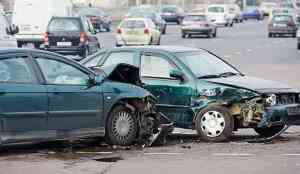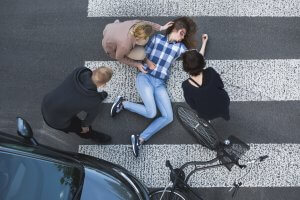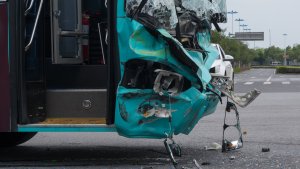
Slip and fall accidents are one of the most common accidents that can happen at any place, any time, and to anyone. This is because there are many different ways you could slip, fall and become seriously injured. Whether you’re inside of your own home, at work, at a swimming pool or hotel, or just walking down the street, you can slip and fall if you’re not paying attention or if someone was negligent. Sometimes, these injuries can be minor, but they can also be catastrophic injuries that you or a loved one has to live with for a long time.
What Types of Catastrophic Injuries Result from a Slip and Fall?
• Traumatic brain injury. One common catastrophic injury that can occur after a slip and fall accident is a TBI, or traumatic brain injury. According to the Centers for Disease Control and Prevention, slip and falls account for over 35 percent of all TBIs, especially if someone falls backward. TBI’s can include multiple type of head injuries, including concussions, brain contusions, and internal bleedings (hemorrhages).
• Spinal cord injury. Many people can also experience severe whiplash while they are slipping and falling, which can result in spinal cord injuries. Falls result in about 25 percent of spinal cord injuries, and many of these injuries are permanent.
• Bone fracture. Depending on how someone falls and in what direction, he or she can sustain a bone fracture from the slip and fall they experience. Fracturing a wrist or arm is common if the person grabs for a railing or another object while falling, and many people also land on their hips which can result in hip fractures.
• Knee injury. Cartilage or ligament damage to the knees can occur while twisting into a fall. Our knees bear a lot of our body weight, so if we experience an injury, the recovery process can be particularly long and painful. Over time, knee injuries usually require expensive surgery to repair serious muscle and nerve damage.
• Shoulder injury. Slip and falls can easily result in a shoulder injury because many people will try to fall forward and to the side in order to avoid falling on their head. Strains, sprains and tears to the shoulder structure of your upper arm can be painful and hard to heal.
If you have experienced any of these catastrophic injuries after a slip and fall accident due to someone’s negligence, you could potentially file an injury lawsuit. You should first contact Steve Gnau, who is a serious personal injury attorney for the Murrieta, California area. Contact our offices today for a free case evaluation.




